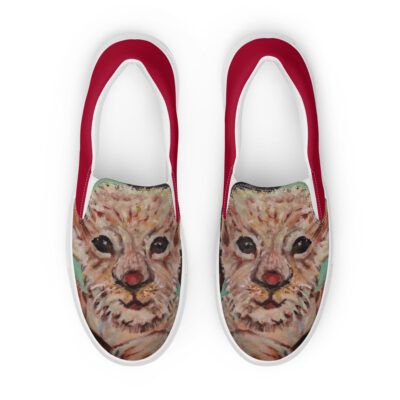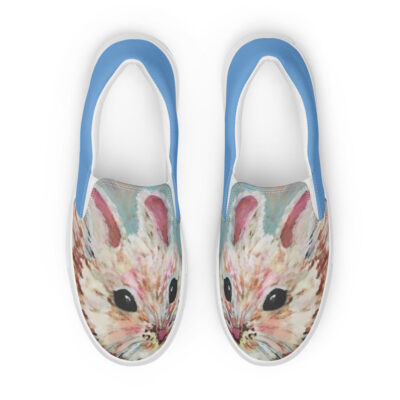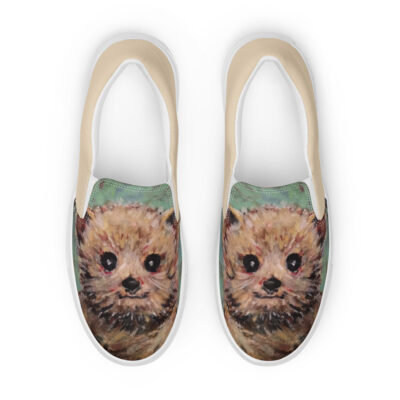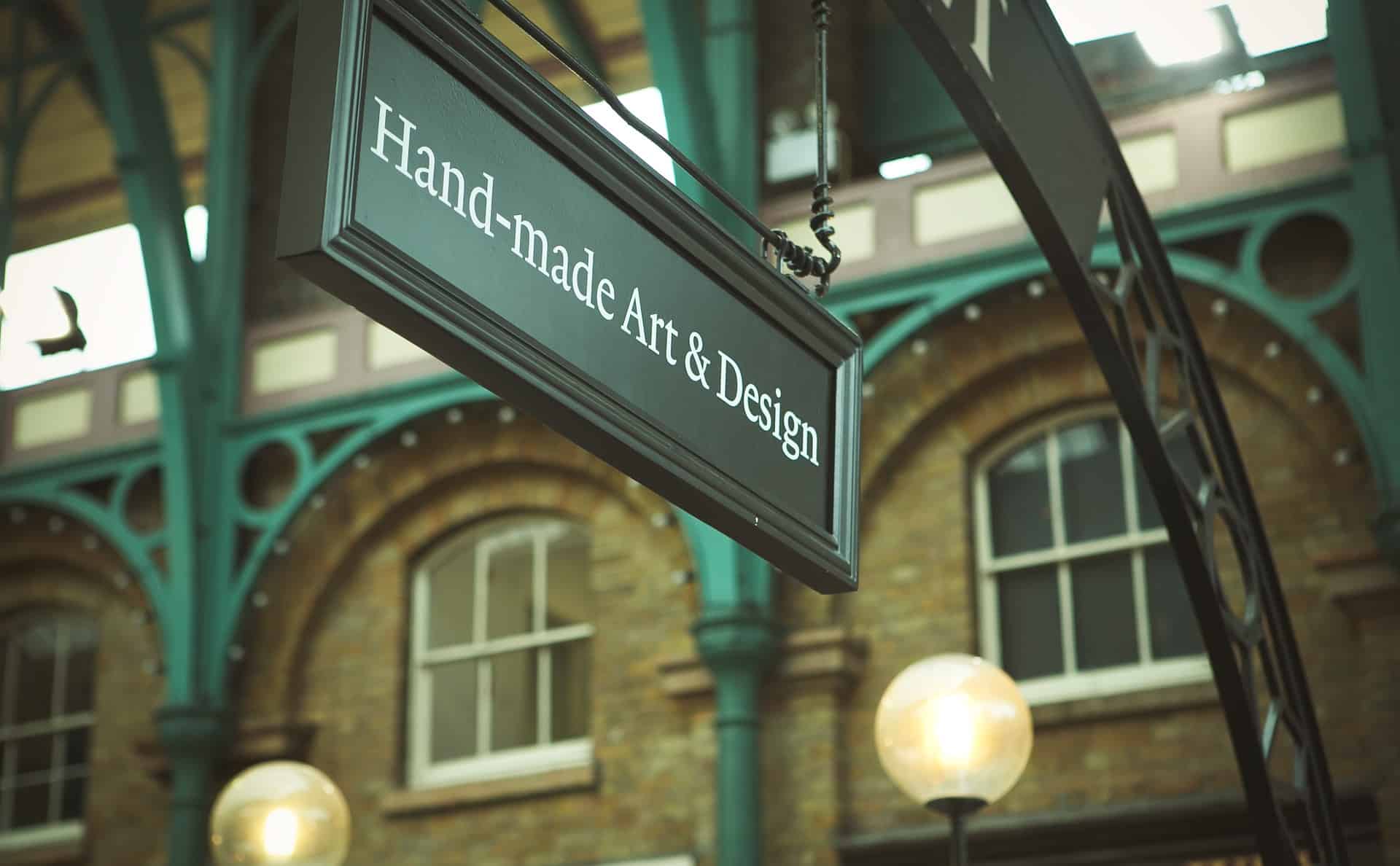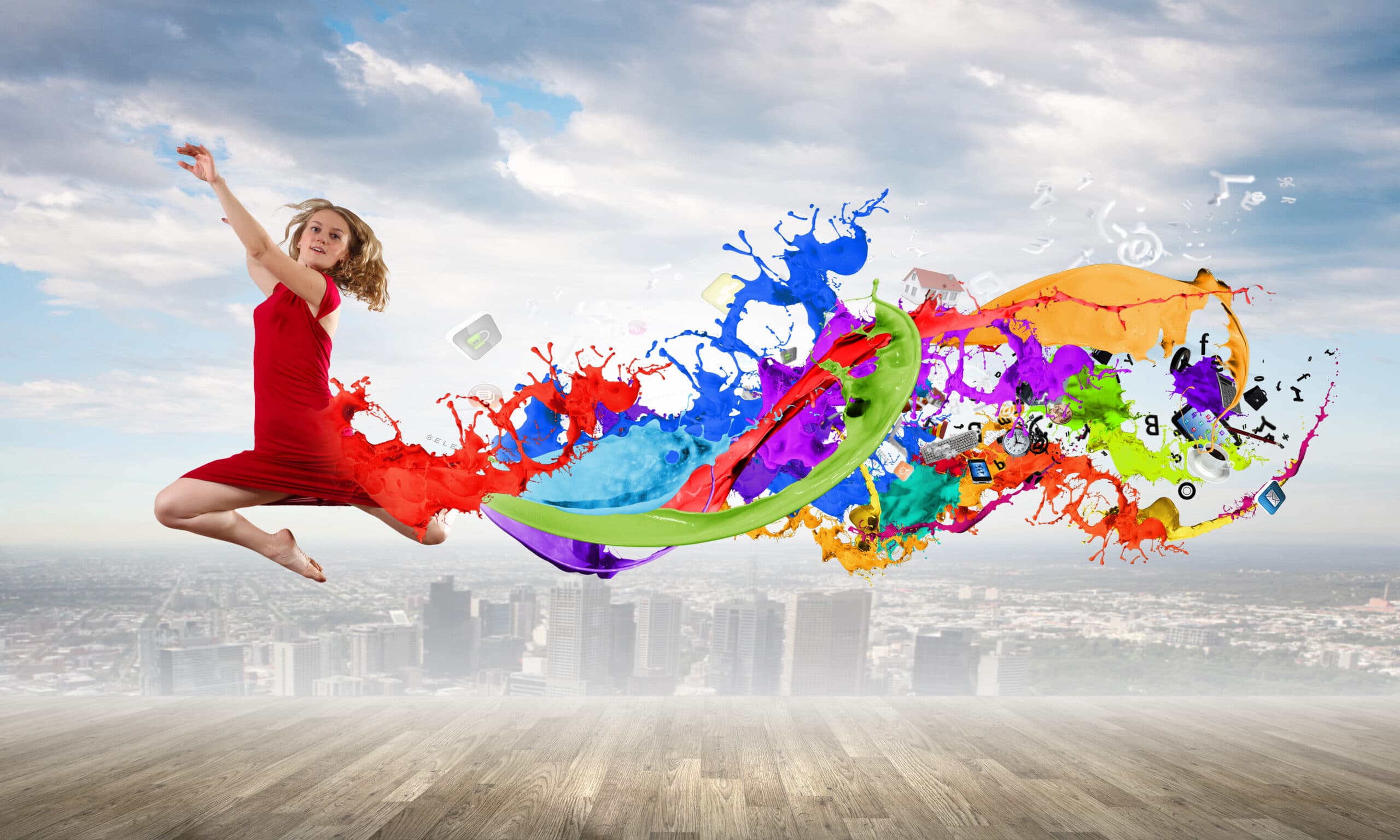From the tomb paintings of ancient Egypt to Monet’s “Water Lilies,” artists have always drawn inspiration from the natural world. This relationship persists to this day, for example, in the spellbinding works of Debora Moore. She has created stunning representations of flowers and trees in blown glass.
So what is it about the natural world that continues to inspire artists to create works of exceptional beauty? Let’s explore the answer together.
Nature as a Medium
Before we delve into the inspiration nature can provide, we must remember that art has always required natural media. From early cave paintings to the clay we use for modern sculptures, there is a physical connection between art and nature. Therefore, the bond between art and nature is unbreakable–art cannot exist without the natural world.
Capturing the Essence of Life
Life, in forms as seemingly mundane as fruit, vegetables, flowers, and fields full of crops, has been the focus of famous works of art that are enduringly popular. And it is that sense of life that the very best artists are able to capture in a way that inspires us.
Van Gogh’s Irises and Almond Blossoms are two prime examples. These two pictures show nature as it truly is – fragile, delicate, yet vibrant. It is that connection that affirms our own vitality that continues to touch us to this day.
Life in its many forms, from flowers and plants to animals, continues to resonate with artists and art lovers to this day. However, art is increasingly used to express concerns about the damage being done to the natural world, raising awareness of issues such as climate change.
Whatever aspect of nature speaks to you, we will always love to decorate our homes with artistic interpretations of the world around us. In doing so, maybe on some level, we are strengthening our connection with the planet we call home.
The Enduring Appeal of Water
The many forms of water we find on our planet are another source of ongoing inspiration for artists. For example, flowing water has been used to represent the ongoing nature of human existence; its inherent cleanness is used as a symbol of purity.
On the other hand, a stormy, tumultuous seascape is a vivid way of stirring up deeper emotions; of capturing the chaotic nature of human existence. Impressionist painters were fascinated by the way that light plays on water and were masters at capturing its transient beauty.
This connection continues in modern times, with Calida Garcia Rawles’ hyper realistic depictions of figures, often submerged in crystal clear water. This, she explains, is her way of showing that we are “part of something bigger than ourselves.”
How Art For Your Cause Gives Back
Art owes a lot to nature–from the inspiration of natural designs to the very media used to create individual pieces. And now art has found a way to give back too. When you support Art For Your Cause, you’re helping benefit local communities and the environment.
Ten percent of every purchase goes to Causability Collaborative grants–our partner nonprofit facilitating collaboration between artists and local causes. Learn more about our mission and check out our products that link you with exciting creators who draw inspiration from the world around us.


